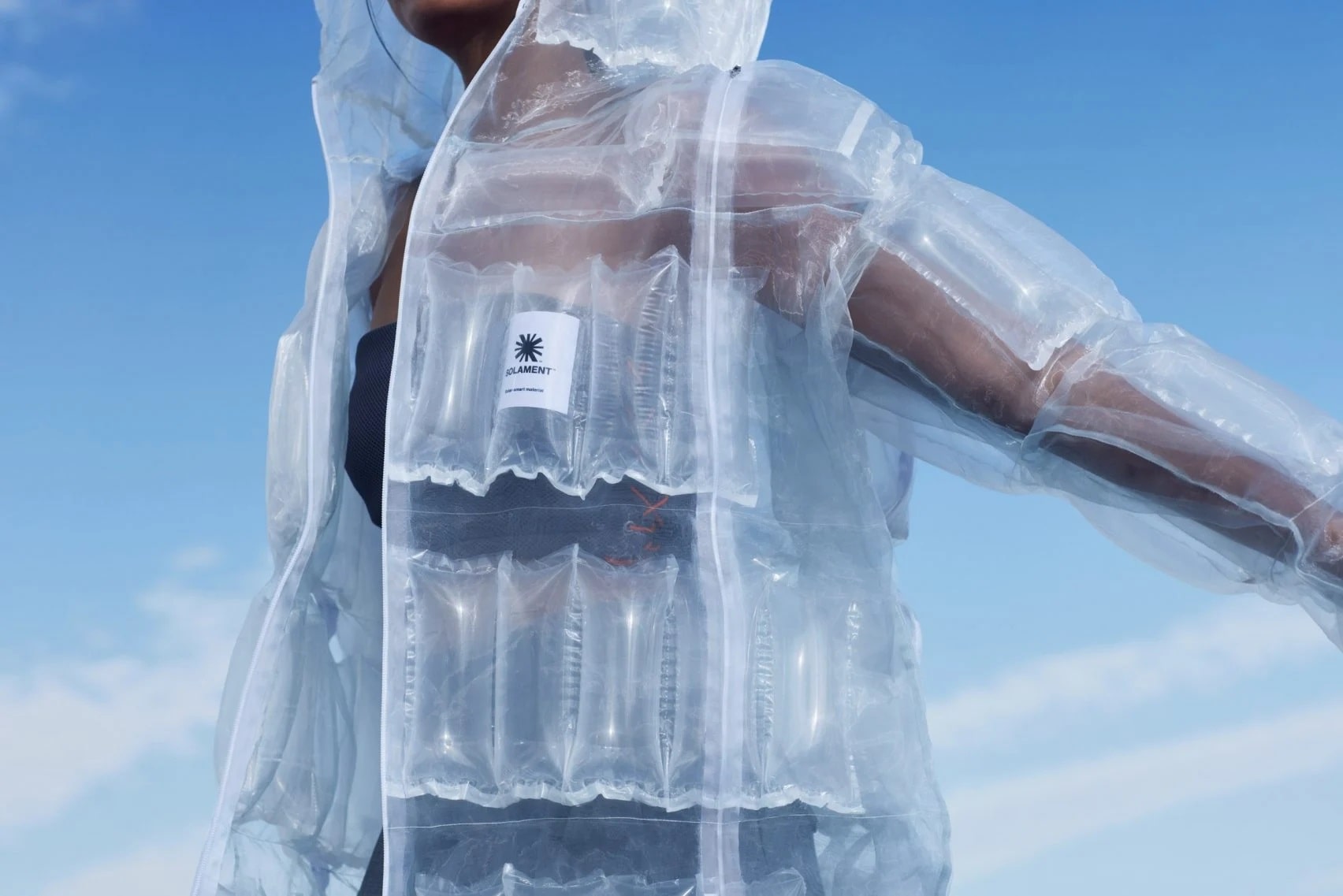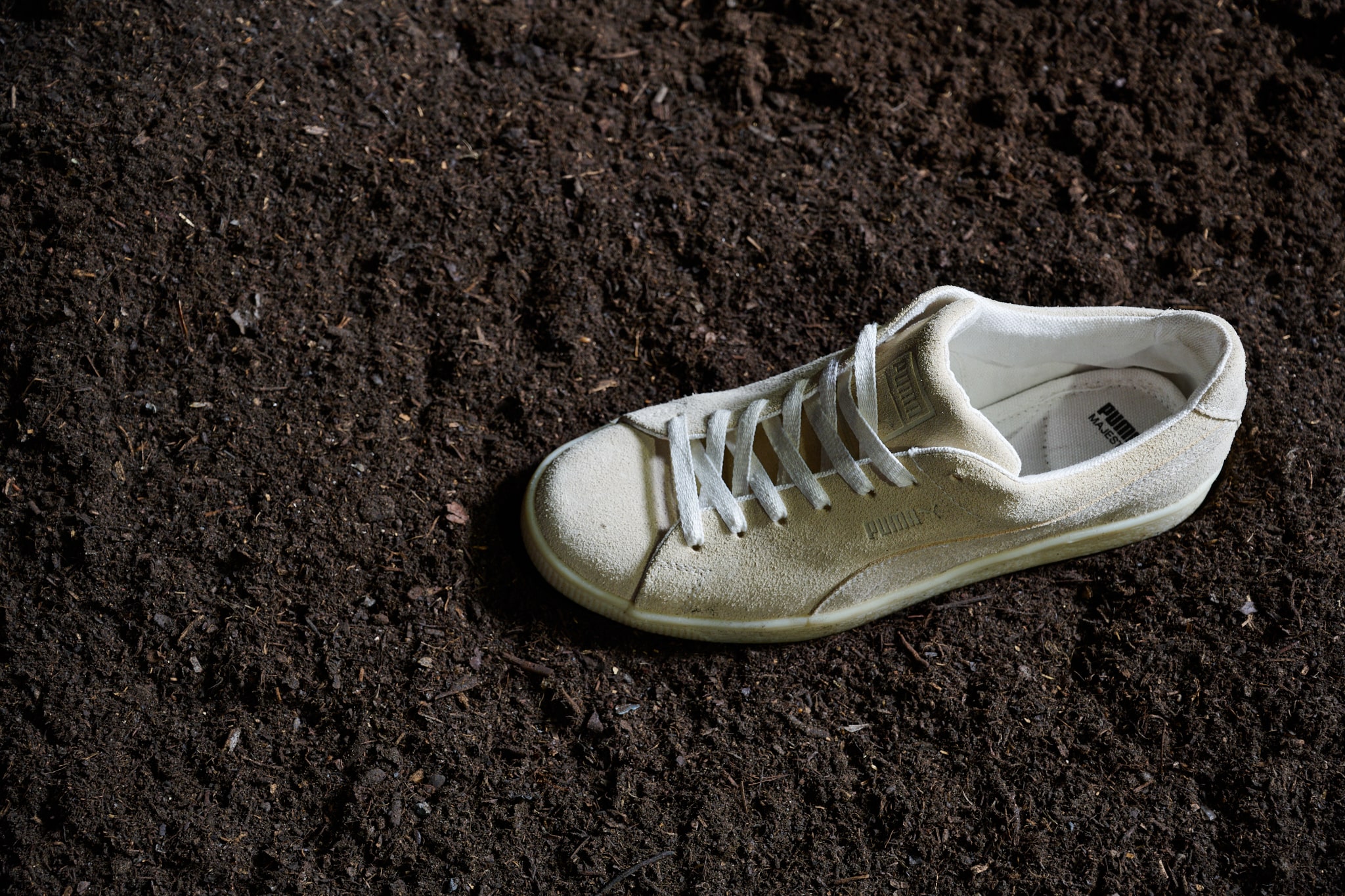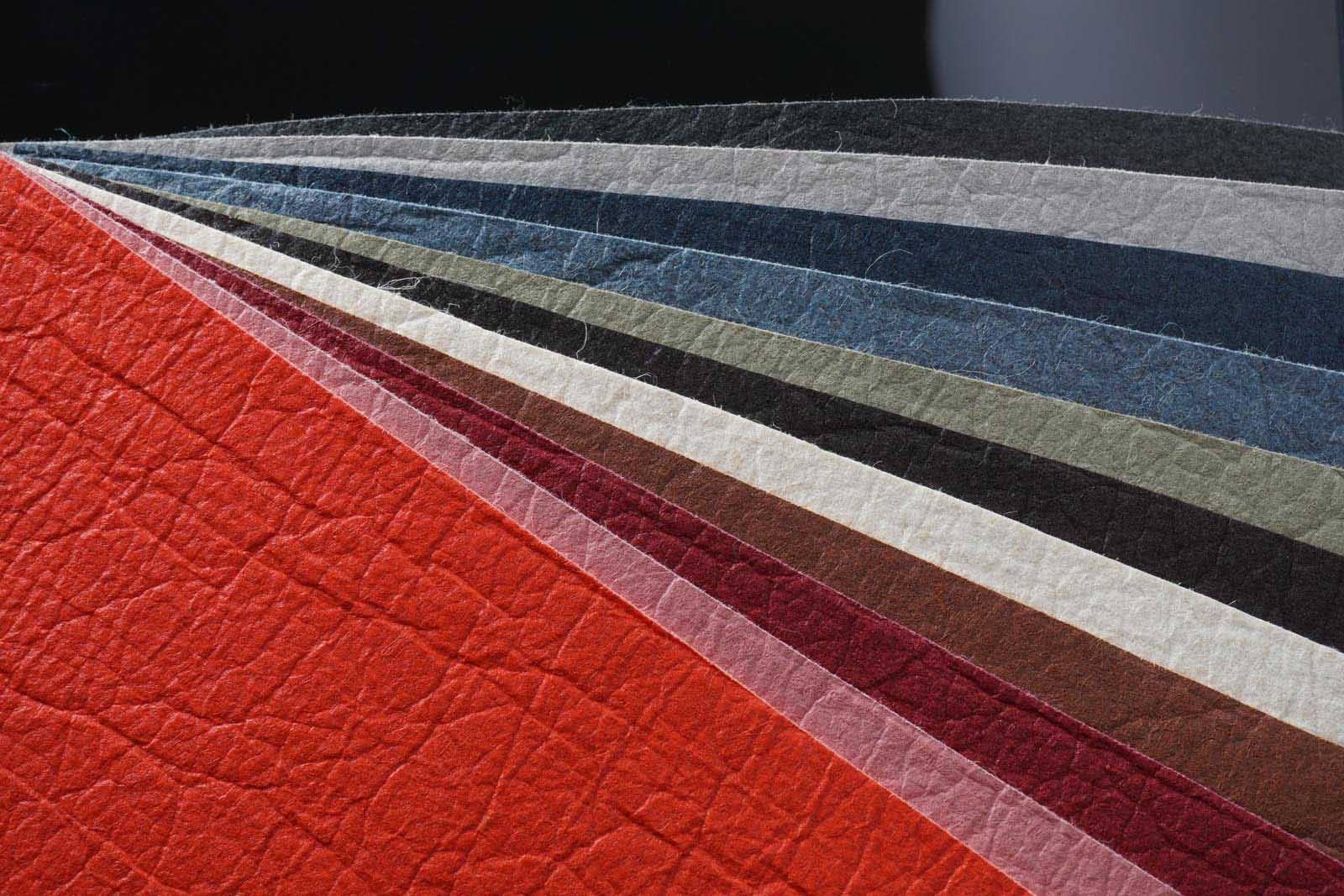
3 cruelty-free innovative materials
Can we call it “Vegan Leather”?
We often hear about “vegan leather”, as an alternative to traditional leathers of animal origin. But what does this expression mean?
First of all, it is not correct to talk about “vegan leather”: the current legislation, and specifically the so-called Leather Decree in force in Italy since October 2020, expressly prohibits the use of the words “leather” and “hide” and related prefixes or suffixes (eco-, vegan- etc.), to identify materials that are not derived from animal remains.
The expression “vegan” indicates that no products of any kind derived from animals have been used in the entire production process. The expression “cruelty-free”, on the other hand, refers to materials whose production does not involve animal suffering, such as killing, but also testing (particularly in the cosmetic sector). Therefore, a cruelty-free material is not necessarily vegan: for example, silk (a non-vegan material) can be cruelty-free if silkworms are not killed in the production process. Wool, another non-vegan material, can be cruelty-free if flocks are managed responsibly.
In both cases, it would be preferable to substantiate the adjective with a certification that attests to its actual adherence to a specific protocol; and in both cases, these are expressions that say nothing specific about the raw materials used, which can be bio-based or recycled, but also entirely derived from fossil sources.
However, since environmental impact is one of the criteria with which these materials are evaluated, the two needs – ethical and environmental – often intersect in materials capable of providing alternative and virtuous solutions in both contexts. Let’s look at some, selected from the Material ConneXion database.
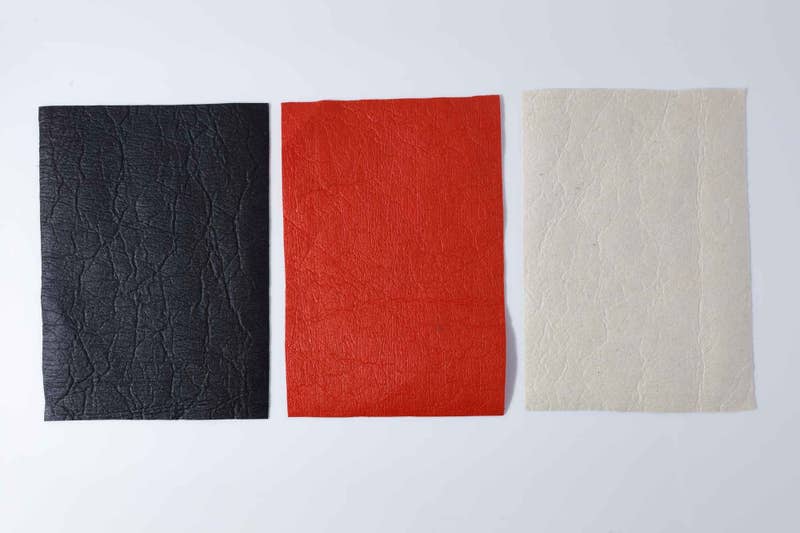
“Vegan Leather” or Sustainable Alternatives to Leather
Among the first materials developed as a sustainable alternative to leather are sheets made of 78% pineapple leaf fibre (PALF), 18% PLA and small amounts of bio-PU and PU. PALF is a by-product of the agricultural industry and therefore no additional components or water are needed to produce the raw material. The material is biodegradable, water-resistant and breathable, flexible and formaldehyde-free, has good strength and can be easily sewn, embossed and cut. It is available in standard and metallic finishes with a wide range of colour options and is suitable for apparel, footwear, interior design and the automotive sector.
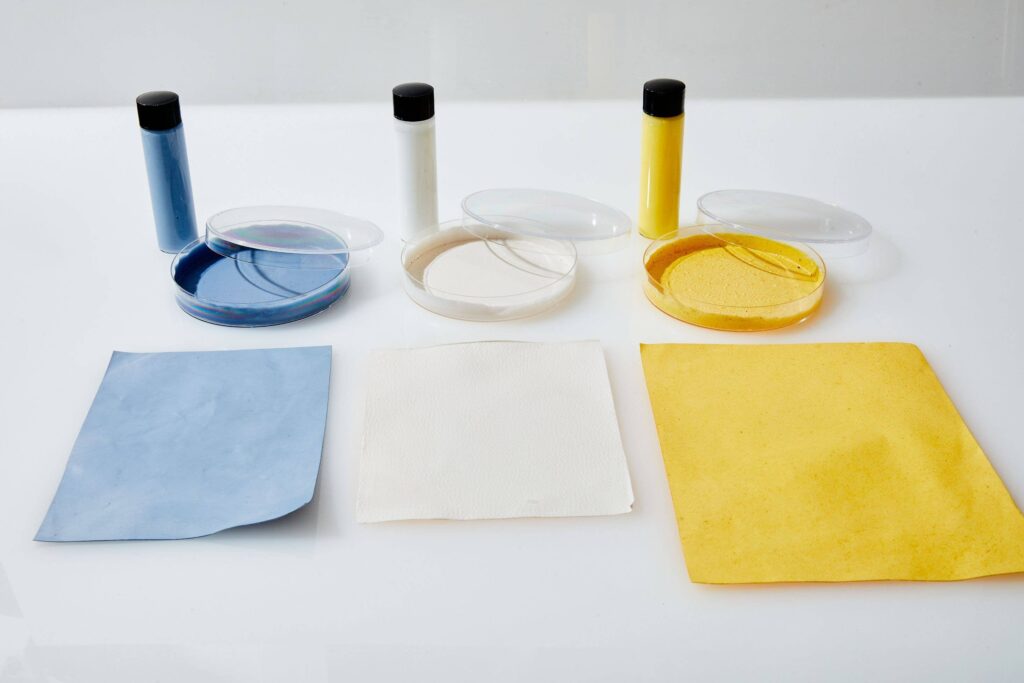
More recently, several totally bio-based and biodegradable solutions have emerged, obtained from plant-based raw materials such as seaweed. This material is composed of 85% seaweed, 10% cellulose and 5% inorganic pigments. The material is produced by extracting some components from the seaweed, which are mixed with other natural ingredients – including nano-ceramic elements to ensure greater durability – and formed into sheets by casting into molds. The material is suitable for footwear, accessories, furniture and other products, even high-performance ones.
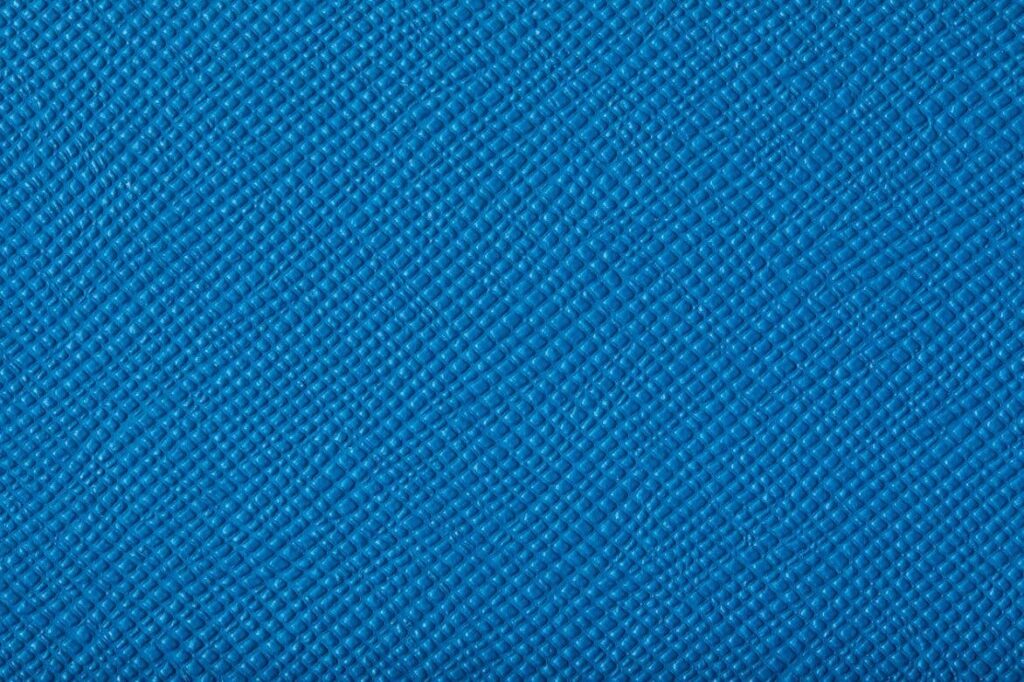
Finally, other solutions combine bio-based and recycled raw materials, none of which are of animal origin, obtaining alternative materials to leather with a reduced carbon footprint. An example is this material composed of different recycled supports and a constituent element of plant origin, 100% bio-based propanediol, obtained by collecting, fermenting and refining corn starch, with a 56% reduction in greenhouse gas emissions and 42% of non-renewable energy compared to propylene oxide-based propanediol. Each product in the collection is available in a variety of colors and textures. Applications include clothing, accessories, footwear and packaging.

